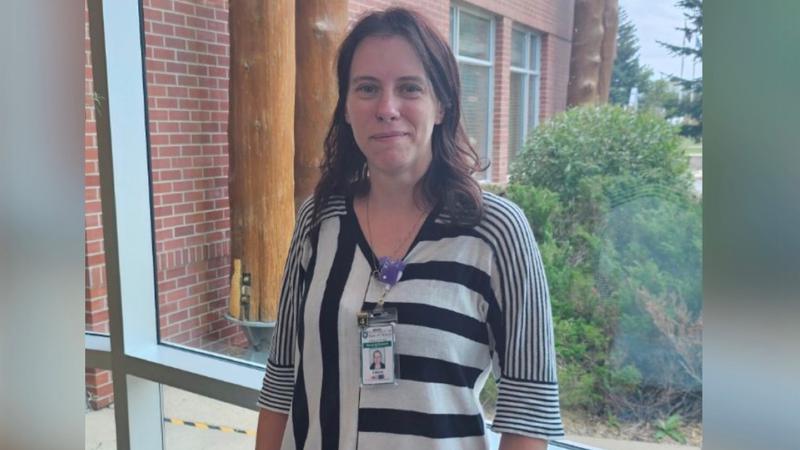
Summer 2022 seeing much wetter conditions than 2021, still dry in some areas
This year’s summer has been much kinder to farmers in northern Saskatchewan communities than last year.
More specifically, much more rain fell throughout June and July than it did during 2021’s drought.
Around Prince Albert, there’s been around 116 mm of precipitation which is up from roughly 76 mm last year. Despite this, levels are much lower than the 30-year average measured between 1981 and 2010 where the area averaged around 145 mm during the two months.
Over the past eight years, only three summers have had drier starts than 2022: 2018, 2019, and 2021.


